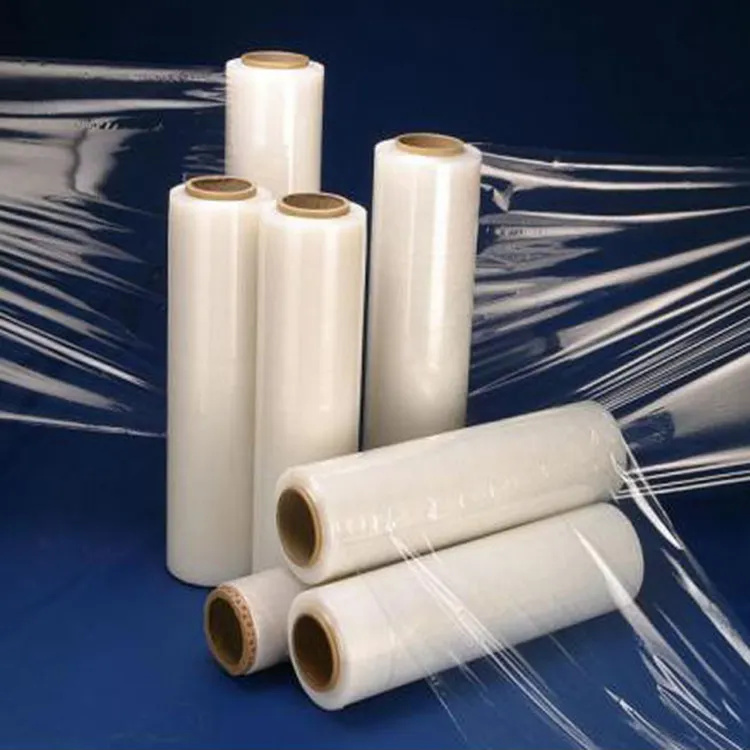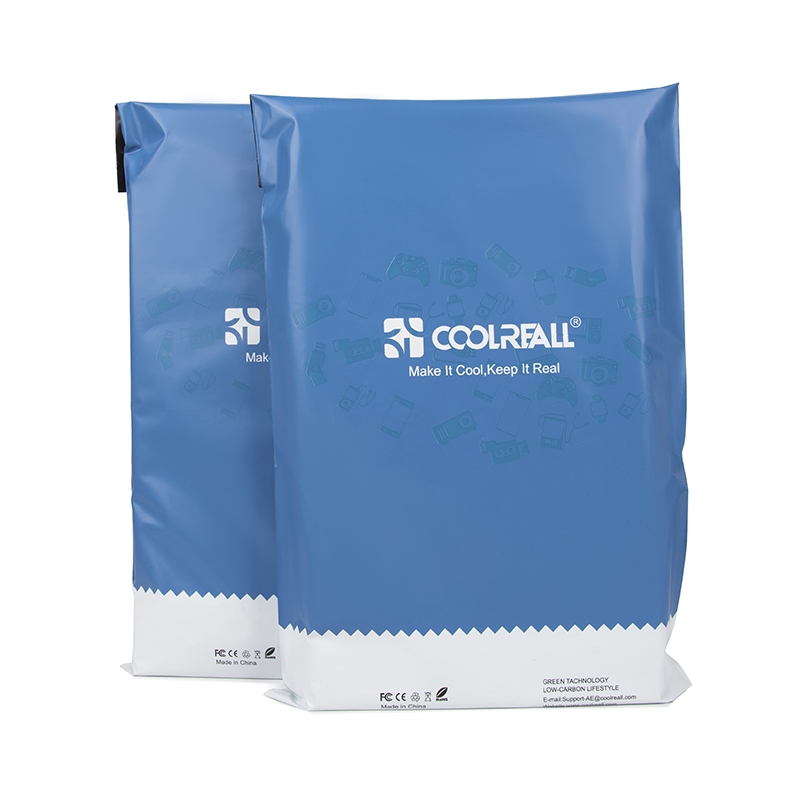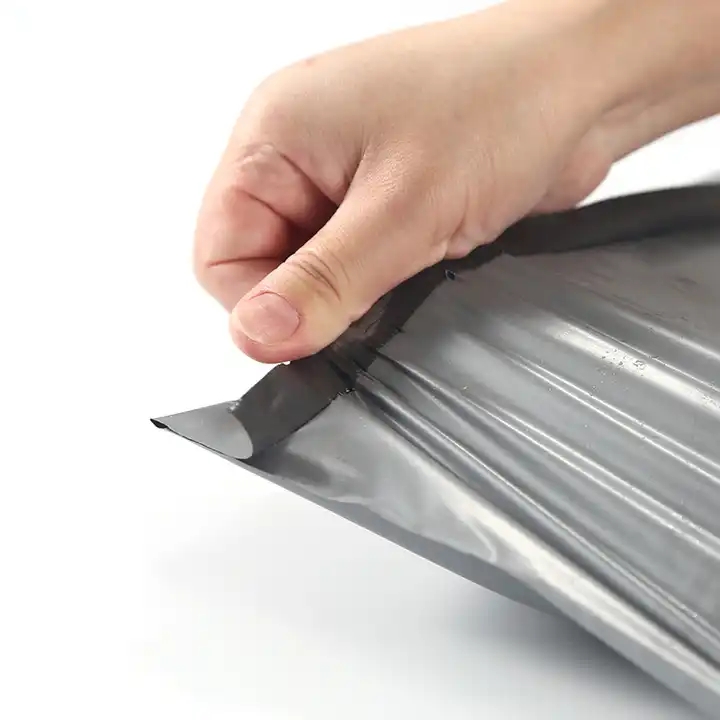Sustainable packaging is now gaining in importance as consumers begin to demand more sustainable options. Sustainable packaging types include any environmentally friendly materials used to package, store, transport, or store products, including biodegradable, compostable, recyclable, reusable, and plant-based packaging.
Sustainable packaging has many benefits, including environmental protection, waste reduction, cost savings, compliance, brand enhancement, and market opportunities. By adopting sustainable packaging practices, businesses can reap these benefits while contributing to a more sustainable future.
Below, we explain in detail the differences between the types of sustainable packaging, as well as the benefits and challenges. We will also look at industry regulations and standards and the future of sustainable packaging.
Sustainable packaging involves the use of materials and design strategies that minimize the environmental impact of a product throughout its entire life cycle, from production to disposal. It involves using renewable, recyclable or biodegradable materials, reducing waste, optimizing package size and weight, and using environmentally friendly manufacturing processes. Sustainable packaging aims to balance the need for packaging with the need to protect the environment and conserve resources.
Traditional packaging often uses non-renewable resources and generates a lot of waste. Sustainable packaging aims to reduce resource consumption, minimize greenhouse gas emissions and prevent pollution, which helps mitigate climate change and conserve natural resources.
Eco-friendly packaging uses recycled or recycled materials to minimize waste and promote recycling and composting. By reducing packaging waste, we can reduce the burden on landfills and minimize the environmental impact of packaging disposal.
Consumers are increasingly aware of the environmental impact of their purchases. Sustainable packaging can enhance a brand’s reputation and appeal to environmentally conscious consumers who prefer sustainable products.
Governments and regulators around the world are introducing stricter rules and standards to promote sustainable practices. Compliance with these rules is critical for businesses to remain compliant and avoid fines.
Recent advances in the sustainable packaging industry include increased use of recycled materials and a growing interest in biodegradable or compostable materials, which reduces the environmental impact of products at the end of their life.
The brand has also focused on streamlining packaging design to reduce the use of materials while still protecting the product. This includes using thinner materials, eliminating unnecessary layers, and designing packaging that fits the product more efficiently, reducing waste and emissions during shipping.
Biodegradable packaging is naturally degraded by microorganisms such as bacteria or fungi and broken down into simpler, non-toxic substances. These materials undergo a biological process called biodegradation, during which they break down into elements such as carbon dioxide, water and biomass. Biodegradable packaging is designed to minimize the environmental impact after disposal and reduce the accumulation of packaging waste in landfills.
The packaging uses several types of biodegradable materials, namely bioplastics, paper and cardboard, natural fibres, mushroom packaging and bio-based films. Bioplastics are made from renewable resources such as corn starch, sugar cane or vegetable oils. Depending on the exact composition, bioplastics can be biodegradable, compostable, or both.
Paper and cardboard are widely used in packaging and are biodegradable materials. They are made from wood pulp and can break down naturally. Packaging materials made from natural fibers such as hemp, bamboo or jute are biodegradable. These fibers are renewable and break down over time. Films made from bio-based materials such as polylactic acid (PLA) or cellulose are biodegradable and can be used in a variety of packaging applications.
Biodegradable packaging reduces the accumulation of waste and minimizes the impact on ecosystems and natural resources. Biodegradable materials break down into non-toxic substances, which reduces the amount of waste in landfills and promotes the development of a circular economy. Many biodegradable materials are derived from renewable resources, reducing dependence on fossil fuels and non-renewable materials. This type of packaging is often considered more environmentally friendly and can boost a brand’s reputation among environmentally conscious consumers.
Some of the disadvantages of biodegradable packaging are that biodegradable materials often require certain conditions, such as certain temperature, humidity, and the presence of microorganisms, to effectively break down biodegradable materials. If these conditions are not met, the biodegradation process may be slow or inefficient.
In addition, separate treatment facilities may be required to effectively decompose these materials. If not sorted and handled properly, they can contaminate the recycling stream. They are also sometimes more expensive than traditional materials, which affects the overall cost of production and packaging.
Some examples of this type of sustainable packaging are biodegradable plastic bags, compostable food containers, packaged biodegradable peanuts, and coffee mugs. Plastic bags are made from biodegradable plastic, such as polylactic acid (PLA), which breaks down into non-toxic components. Food containers made from biodegradable materials such as bagasse or cornstarch can then be composted.
The cushioning material used in the packaging is biodegradable packaged peanuts made from starch or other natural materials. Coffee cups made from biodegradable materials such as paper or PLA are gaining popularity as an alternative to non-recyclable Styrofoam cups. Films made from biodegradable materials such as PLA or cellulose are used to package and protect various products.
Compostable packaging can be placed in a composting environment and decomposed into organic matter without leaving toxic residues. Composting is a natural process in which microorganisms break down organic matter under certain conditions of temperature, humidity and oxygen.
The key difference between compostable and biodegradable products is that compostable items require a specific environment to decompose, while biodegradable products, while requiring some of the above conditions, often decompose naturally under various circumstances.
Some types of compostable materials used for packaging include compostable plastics, paper and cardboard, plant fibers, and natural biopolymers. Compostable plastics are made from renewable resources such as corn starch or sugar cane and are designed to degrade under composting conditions. They can be used in a variety of packaging materials including bags, food containers and tableware.
Packaging made from plant fibers such as bagasse (sugar cane fibre), wheat straw or bamboo is compostable. These fibers are commonly used in food containers, trays and plates. In addition, natural biopolymers such as polylactic acid (PLA) or polyhydroxyalkanoate (PHA) are derived from renewable resources and can be composted. They are used in a variety of packaging materials including films, bottles and cups.
Some of the benefits of compostable packaging are that it reduces waste and promotes a circular economy. It breaks down into organic matter, which enriches the soil and reduces the need for chemical fertilizers. Compostable packaging materials can also divert waste from landfills, reducing the burden on waste management systems and minimizing greenhouse gas emissions associated with landfills. Compost from compostable packaging can also improve soil quality and fertility, promoting sustainable agriculture.
One disadvantage of compostable packaging is that it requires certain conditions, including temperature, humidity, and oxygen levels, to decompose effectively. These conditions may not apply to all composting plants or home composting plants. In some regions, the availability of composting equipment may also be limited, making it difficult to ensure that packaging is properly composted. In addition, compostable packaging must be properly separated from other waste streams to avoid contamination, as non-compostable material can interfere with composting.
Containers made from compostable materials such as bagasse or PLA are widely used in the food service industry. For example, disposable coffee pods made from compostable materials have become popular as an environmentally friendly alternative to non-recyclable materials. Compostable bags, made from materials such as PLA or compostable plastic, have many uses, including grocery bags, grocery bags, and trash bags.
Returnable packaging can be collected, sorted and recycled for use as raw materials for new products. Recycling involves converting waste into reusable resources, reducing the need for virgin materials and minimizing the impact of mining and production on the environment.
Paper and cardboard packaging can be recycled and used to make new paper products. These materials are often collected and disposed of through recycling programs. In addition, various types of plastic packaging such as bottles, containers and films can be recycled. Plastic recycling involves sorting and recycling plastic waste to produce new products or fibers.
Glass packaging such as bottles and jars are recyclable. Glass can be collected, crushed, melted and molded into new glass containers or used as aggregate for building materials. Metal packaging, including aluminum cans and steel containers, is recyclable. Metals are separated, melted and turned into new metal products.
The advantage of this environmentally friendly packaging is that its recycling reduces the need for primary resources, thus saving energy, water and raw materials. This helps conserve natural resources and reduces the impact of resource extraction on the environment. In addition, reusing waste diverts materials from landfills and promotes a circular economy by extending the life of materials.
The recycling industry also creates jobs in the collection, processing and production of recycled plastics and other materials.
Recycling has its drawbacks. Waste must be properly sorted and decontaminated to ensure efficient recycling. Contaminants such as mixing different plastics or food residue on paper and cardboard can prevent recycling.
In addition, adequate recycling infrastructure, including collection systems and processing facilities, may not be universally available. Limited participation in recycling programs may also limit the potential for recycling.
The polyethylene terephthalate (PET) bottles commonly used for beverages are easily recyclable. They can be collected, sorted and recycled into new plastic bottles or used in the production of fibers for clothing, carpets or other sustainable packaging.
Aluminum cans used for beverage or food packaging are recyclable. Aluminum recycling involves melting it down to make new cans or other products.
Plant packaging refers to materials derived from renewable plant sources such as crops, trees, or other biomass. These materials are often chosen as alternatives to traditional packaging derived from fossil fuels or non-renewable resources. Plant-based packaging has a number of benefits, including reduced environmental impact, resource conservation, and potential for biodegradability or compostability.
Plant-based packaging is used in a variety of industries including food and beverage, personal care and e-commerce. It can be used both in primary packaging (direct contact with the product), as well as in secondary and tertiary packaging.
PLA is a bioplastic derived from renewable resources such as corn starch or sugar cane and is commonly used in products such as cups, trays and food packaging. Bagasse is a fibrous by-product obtained from the processing of sugar cane. The company manufactures food packaging products such as plates, bowls, and takeaway containers. Wood pulp, such as paper and cardboard, is also of plant origin and is widely used in a variety of packaging applications.
One of the benefits of plant-based packaging is that it is derived from renewable resources such as crops or fast-growing plants that can be replenished through cultivation. This reduces dependency on scarce resources and promotes sustainable development. Plant-based materials also typically have a lower carbon footprint than fossil fuel-based materials. Thus, they can help mitigate climate change by reducing greenhouse gas emissions during production and disposal.
However, it also has limitations, as plant-based packaging may have different performance characteristics than traditional materials. For example, some plant-derived materials may have lower barrier properties that affect shelf life or product protection.
In addition, the production of plant-based packaging materials depends on agricultural and land use practices. Growing crops for packaging can have environmental impacts such as water use, deforestation, or the use of pesticides.
Reusable packaging is a packaging material or container that can be used multiple times before being recycled or disposed of. Unlike disposable packaging, this packaging is designed with durability, reuse and waste reduction in mind.
Reusable packaging is used in a variety of industries including retail, food and beverage, e-commerce, and logistics. It can be used in a variety of products including food, personal care and durable products.
Reusable shopping bags made from durable materials such as canvas, nylon, or recycled fabrics are often used as an alternative to single-use plastic bags. Reusable food containers made of glass, stainless steel, or durable plastic can also be used to store and transport food, reducing the need for single-use containers. Reusable crates, pallets and containers used for transportation and logistics can be returned and reused, reducing the need for disposable packaging.
Reusable packaging has a number of advantages over disposable alternatives, including waste reduction, resource conservation and less environmental impact.
This eco-friendly packaging greatly reduces the amount of waste generated as it can be used multiple times before being thrown away, helping to keep waste out of landfills and reducing the need for new packaging materials. In addition, the reuse of packaging reduces the need for primary resources, saving energy, water and raw materials.
Finally, while reusable packaging may have higher upfront costs, it can save money in the long run. Businesses can reduce packaging costs by investing in durable, reusable solutions that eliminate the need to frequently purchase disposable packaging.
However, the implementation of a reusable system requires proper infrastructure and logistics such as collection, purification and distribution networks, which introduce additional costs and operational considerations.
The principles of sustainable packaging design are to minimize the use of materials, select materials with low environmental impact, increase efficiency and minimize harmful materials.
Designers creating sustainable packaging solutions are looking for lightweight options in the right size and optimizing the product-to-pack ratio. Packaging is designed to make efficient use of space, transport or store more products in a given volume, reduce transport emissions and optimize logistics.
Post time: Aug-31-2023






.png)
.png)
.png)


